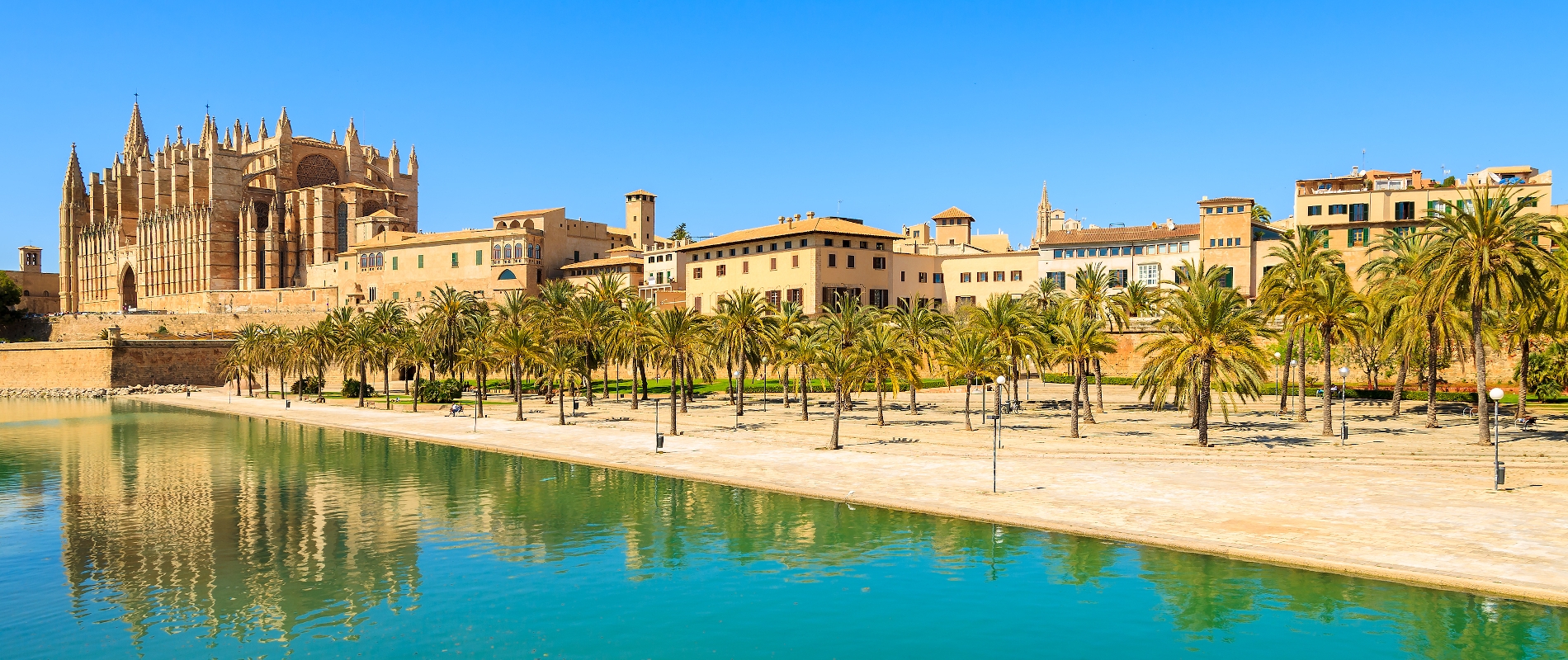
Bitten Munck Larholm
Mallorca
Palma de Mallorca – the vibrant capital of the Balearic Islands – is a historic and cosmopolitan city located on the southwest coast of Mallorca. Home to around 420,000 residents, Palma blends medieval architecture, Mediterranean charm, and a lively cultural scene.
Overview & History
Main Attractions
Outdoor & Nature
Markets & Local Cuisine
Festivals & Culture
Getting There & Location
Travel Tips
Final Thoughts
Palma de Mallorca is more than just a gateway to the island – it’s a destination in its own right. With its rich history, vibrant cultural life, beautiful beaches, and world-class dining, it offers an irresistible mix of relaxation and sophistication for any traveller.
